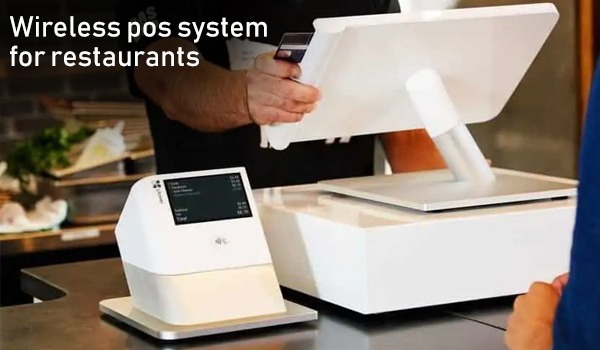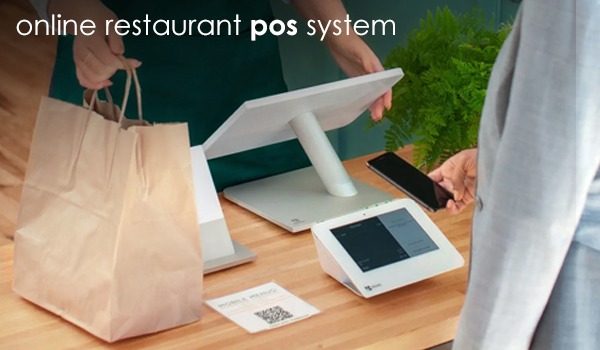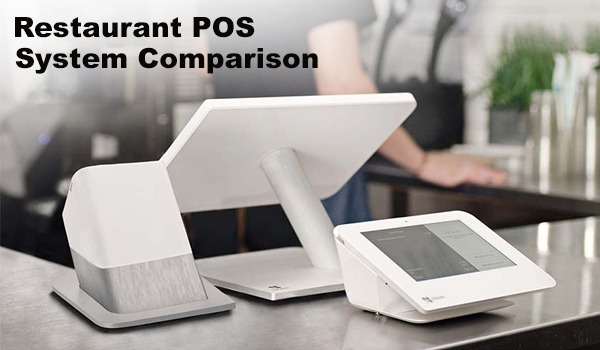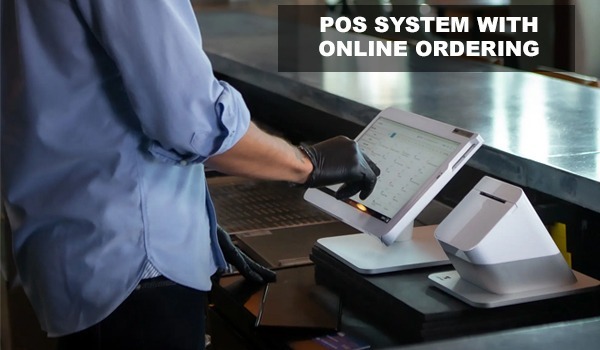
Efficient Dining: Streamlining Restaurant Operations with a Wireless POS System
A wireless POS system is a type of point-of-sale system that uses wireless technology to process transactions and manage restaurant operations. These systems typically consist of mobile devices, such as tablets or smartphones, that are connected to a wireless network and can be used to take orders, process payments, and manage inventory. Wireless POS systems are becoming increasingly popular in the restaurant industry due to their flexibility, mobility, and ease of use.
Benefits of a wireless POS system
Wireless POS systems in California offer several benefits for restaurants, including increased flexibility, mobility, and ease of use. With a wireless POS system, employees can take orders and process payments from anywhere in the restaurant, without being tethered to a stationary terminal. This flexibility can improve the speed and accuracy of order taking, leading to a better overall customer experience.
Components of a wireless POS system
The hardware components of a wireless POS system typically include mobile devices, such as tablets or smartphones, that are used to process orders and payments, as well as peripherals like printers, card readers, and cash drawers.
Key features of a wireless POS system
The key features of a wireless POS system for restaurants include:
- Order Management: Wireless POS systems allow restaurant staff to take orders and process payments from anywhere in the restaurant, improving speed and accuracy. Orders can be customized, modified, and sent to the kitchen for preparation in real-time.
- Inventory Tracking: Wireless POS systems can track inventory levels, monitor stock levels, and alert restaurant staff when inventory levels are low. This can help reduce waste, optimize supply chain management, and save money.
- Reporting: Wireless POS systems can generate reports on sales, inventory, labor costs, and other key metrics. By using this, restaurant proprietors and managers can make well-informed decisions regarding their business.
- Customer Management: Wireless POS systems can store customer information, track orders and preferences, and offer loyalty programs, helping to enhance customer relationships and improve the customer experience.
- Integrations: Wireless POS systems can integrate with other software solutions, such as accounting software, payroll systems, and marketing automation tools, to enhance their functionality.
Implementation and training
- Set up the system properly: Ensure that the wireless network is set up properly, and all hardware components are properly installed and configured. This includes tablets or mobile devices, printers, card readers, and any other peripherals.
- Train your staff: Provide comprehensive training to your staff on how to use the new wireless POS system. This should include instruction on how to take orders, process payments, and manage inventory, as well as any other features that are specific to your restaurant.
- Test the system: Conduct thorough testing of the new wireless POS system before going live. This can help identify any issues or glitches that need to be addressed before opening to customers.
- Offer support: Provide ongoing support to your staff after the new wireless POS system is implemented. This can include help desk support, user manuals, and other resources to help your staff troubleshoot any issues that arise.
- Get feedback: Encourage your staff to provide feedback on the new wireless POS system, including any issues they encounter or suggestions for improvements. This can help identify areas for improvement and ensure that the system is meeting the needs of your restaurant.
Security and Compliance
Here are some key ways that wireless POS systems maintain security and comply with data privacy laws:
- Encryption: Wireless POS systems use encryption to protect data as it is transmitted between devices. This helps to prevent unauthorized access to sensitive data, such as credit card information or customer data.
- User Authentication: Wireless POS systems require user authentication, such as a password or biometric verification, to ensure that only authorized personnel can access the system.
- Data Backup: Wireless POS systems typically have built-in data backup functionality, which ensures that data is saved in the event of a system failure or other issues.
- Compliance with Industry Standards: Wireless POS systems must comply with industry standards, such as the Payment Card Industry Data Security Standard (PCI DSS), to ensure that they are secure and compliant with data privacy laws.
- Regular Updates: Wireless POS systems should be regularly updated with the latest security patches and software updates to ensure that they remain secure and compliant.
Choosing the right wireless POS system
Here are some recommendations to help restaurant owners and managers choose the right wireless POS system:
- Assess Your Business Needs: Consider your restaurant's specific needs and requirements, such as the size of your restaurant, the volume of transactions, and the types of payment methods you want to accept.
- Look for Key Features: Look for a wireless POS system that includes the features that are most important for your business, such as inventory management, reporting, and integration with other systems or applications.
- Consider Hardware Compatibility: Ensure that the wireless POS system you select is compatible with the hardware you already have or plan to use. This includes tablets, mobile devices, printers, and other peripherals.
- Evaluate Ease of Use: Look for a wireless POS system that is easy to use and can be quickly learned by your staff.
- Check the Cost: Consider the cost of the wireless POS system, including any upfront fees, monthly fees, and transaction fees. Look for a system that fits within your budget and offers a good return on investment.
- Read Reviews and Get Recommendations: Research the different wireless POS systems available, read reviews from other restaurant owners, and seek recommendations from industry professionals to help you make an informed decision.
Conclusion
In summary, a wireless POS system can provide many benefits for restaurants, including flexibility, mobility, and ease of use. By implementing a wireless POS system, restaurant owners and managers can improve the customer experience, streamline operations, and enhance data security and compliance.






